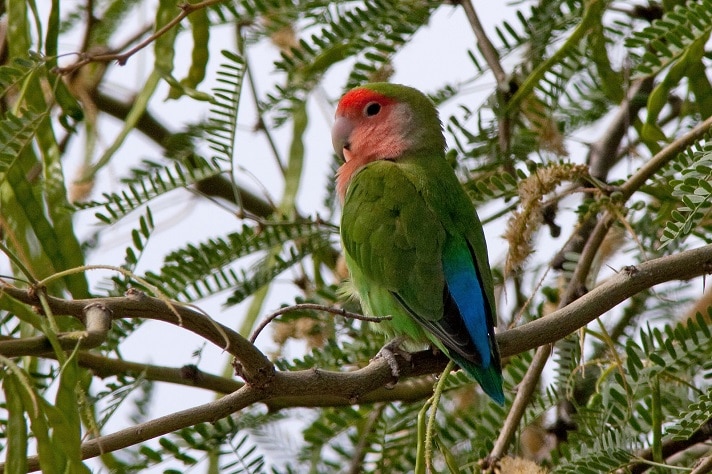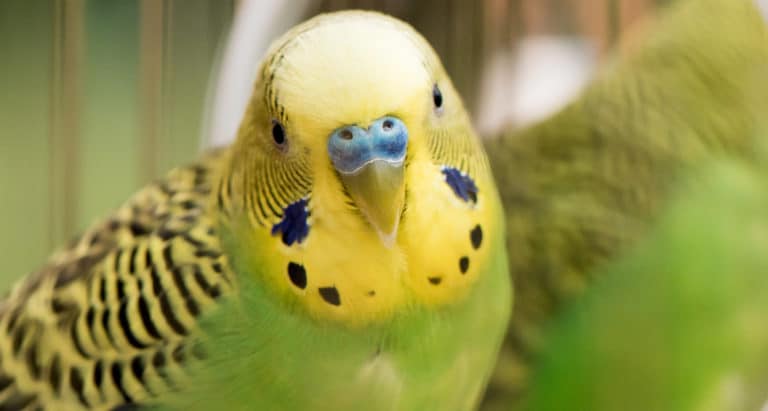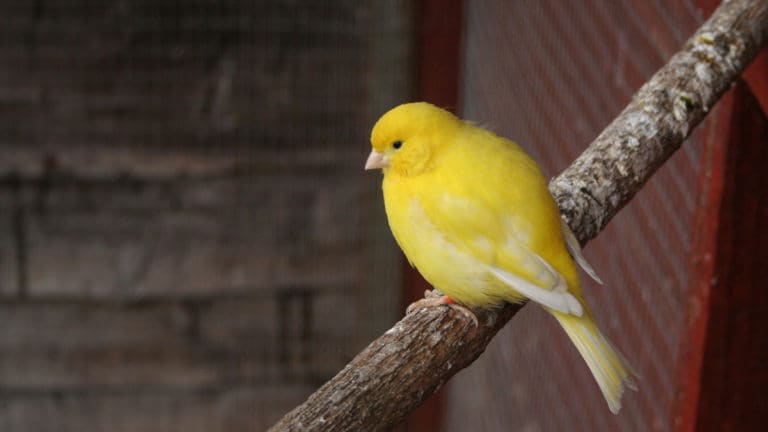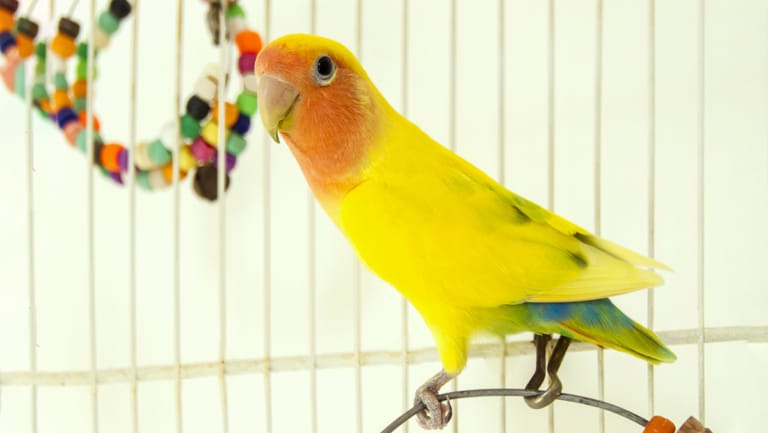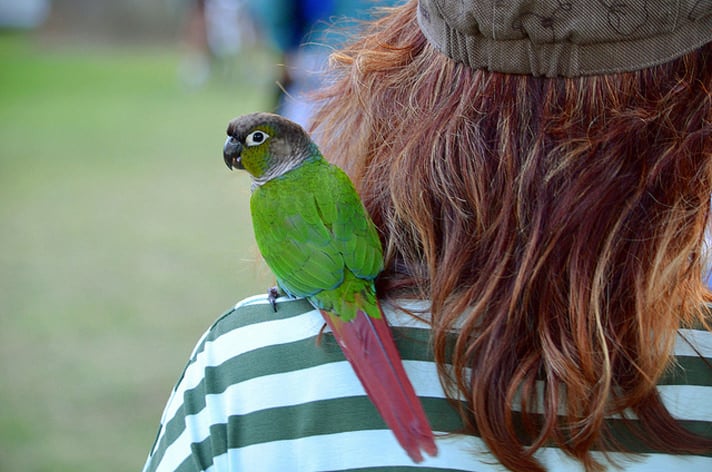Peach-faced lovebirds (Agapornis roseicollis) are one of the larger members of the lovebird family. Only 6 inches long, peach-faced lovebirds resemble a miniature parrot with a personality to match. Generally, peach-faced lovebirds are predominantly green, with a blue rump and a peach-colored face and throat, but many mutations have been developed through breeding. Now you can find lutinos, pieds, Dutch blues, cream-inos, olive greens and violets offered for sale along with the normal greens.
There is a color for everyone. Normal greens are still the most common and generally are the hardiest and least expensive. They also tend to have the longest life spans, living more than 15 years.
Peachy Care
Peach-faced lovebirds tend to be very finicky in their eating habits, and while a pelleted diet is preferred nutritionally, lovebirds often are very stubborn about accepting this type of diet unless they were weaned onto it as a baby. Mixing pellets with seeds over a period of time should convert even the most stubborn peach-faced lovebird.
A lovebird that is eating a pelleted diet should still receive an ample serving of fresh fruit, vegetables and bird-safe table food daily. Many people claim that their lovebirds will not eat these types of foods, however, patience and persistence are very important. If your peach-faced lovebird doesn’t care for sliced carrots, try offering diced, grated, chopped or whole carrots wedged between the bars of the cage. Don’t give up. It may take weeks, months or even years of gentle persuasion before your bird will heartily dive into its veggie bowl.
Peachy Personality
Peach-faced lovebirds are real party animals. They can make a game out of anything. Whether they are shredding paper (a favorite with lovebirds), hanging upside-down, swinging from a toy “Tarzan-style” or cuddling with their owner peach-faced lovebirds live life to the fullest. They hardly ever sit still except to eat, drink or sleep. Even when sounding off, they throw their whole body into each and every chirp.
Bold and fearless, peach-faced lovebirds will tackle anyone or anything they think they can bully. Size doesn’t matter when it comes to these pint-sized playmates. They want to be top bird, and nothing will stop them. They will charge a macaw with the same fearlessness as they would a placid cockatiel. They need to be shown who’s in charge, otherwise they will run the household. Establish your authority by frequently making your birds step up, and do not let it perch on your shoulder.
While they definitely have a variety of attitudes, peach-faced lovebirds can turn on the charm and become lovable little snugglers. They will crawl into a shirt pocket for a little nap, every so often peeking out to see if they missed anything. They’ll also cuddle under your chin until they fall fast asleep. With such opposite extremes in behavior, you might categorize them as having split personalities.
Peach-faced lovebirds are not known for their talking ability and, while a rare bird might pick up a few words, they are much better at learning tricks. They can be taught to play dead, push a toy truck on command and put coins in a toy bank, just to name a few. With a little imagination on the owner’s part, there is no limit to the tricks a lovebird can be taught.
A lovebird’s intelligence can be shown in many different ways. Many lovebirds are kept in cages with doors that slide up and down. Sooner or later, each and every lovebird will learn to slide the door up and limbo under it until it is free. Once this trick is learned, there is no keeping them caged unless a padlock is put on the door. Dislodging food and water cups are another favorite pastime of peach-faced lovebirds. Lovebird owners must always keep one step ahead of their pet to keep it from getting into trouble.
Housing
Although peach-faced lovebirds are not much larger than a budgie, they need a cage suitable for a cockatiel. Their active nature and playfulness necessitate a larger cage. A cage 24 inches by 24 inches would be the absolute minimum for one lovebird.
Perches should include at least one, if not all, untreated, natural branches. The different diameters of the branches will greatly benefit their feet. And the lovebird will also enjoy stripping the bark from them.
Give lovebirds a wide assortment of toys and regularly rotate them. Two or three toys should be placed in the cage. Don’t clutter the cage with a lot of toys so that the bird will not have room to move. Toys made of wood, leather, acrylic, and metal chains and bells are all eagerly played with. Peach-faced lovebirds love to chew, so supply plenty of cardboard, paper and other shreddable toys to occupy their time.
While peach-faced lovebirds do not need grit, they need a mineral block in their cage at all times. Females that are laying eggs will chew on it almost constantly.
If you are interested in breeding peach-faced lovebirds, be forewarned that sexing them can be difficult. Females are a little larger and tend to be more aggressive and territorial, especially around the cage.
Females ready to breed chew strips of paper and tuck them in their back feathers to carry them to the nest. This is a peculiarity of peach-faced lovebirds (all other lovebird species carry nesting material in their beak).
If you want a bird that is beautiful, inquisitive, playful, intelligent, active, bold and entertaining, all rolled into one, then a peach-faced lovebird is for you.
By: Richard Mizera
Share:
